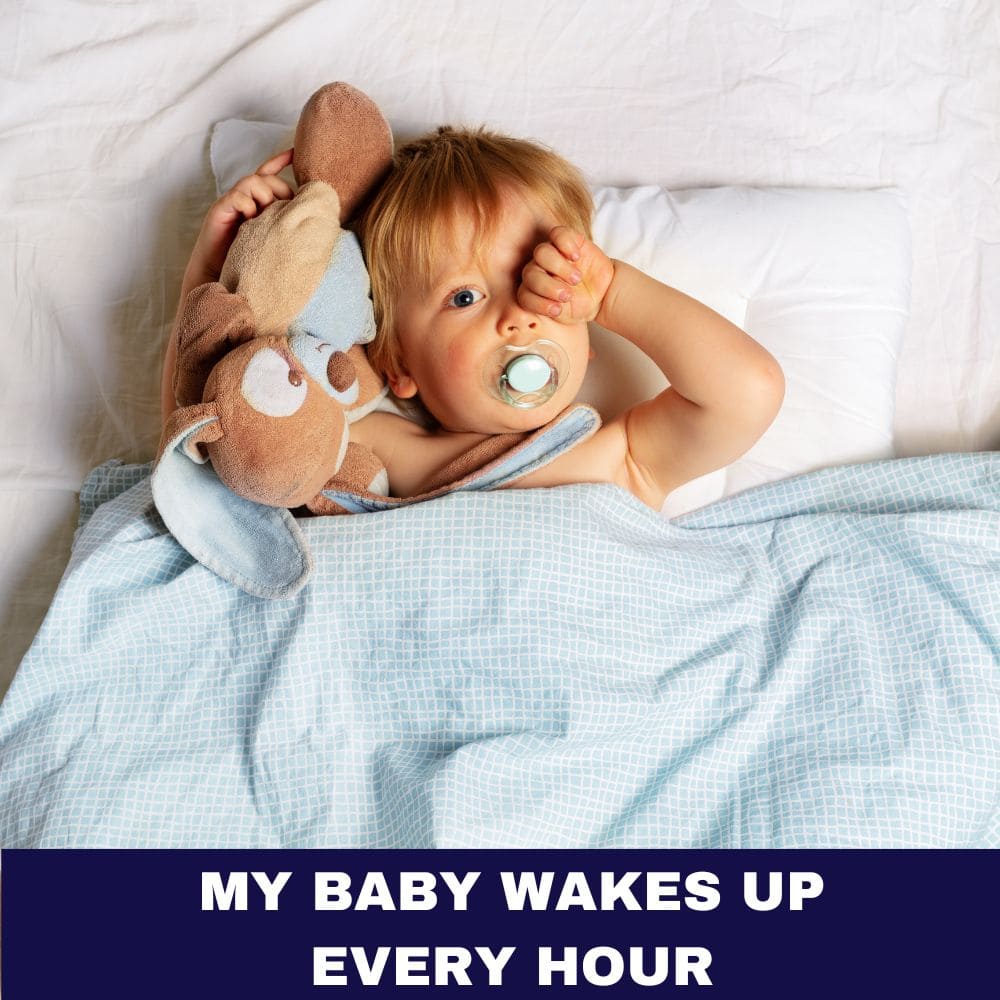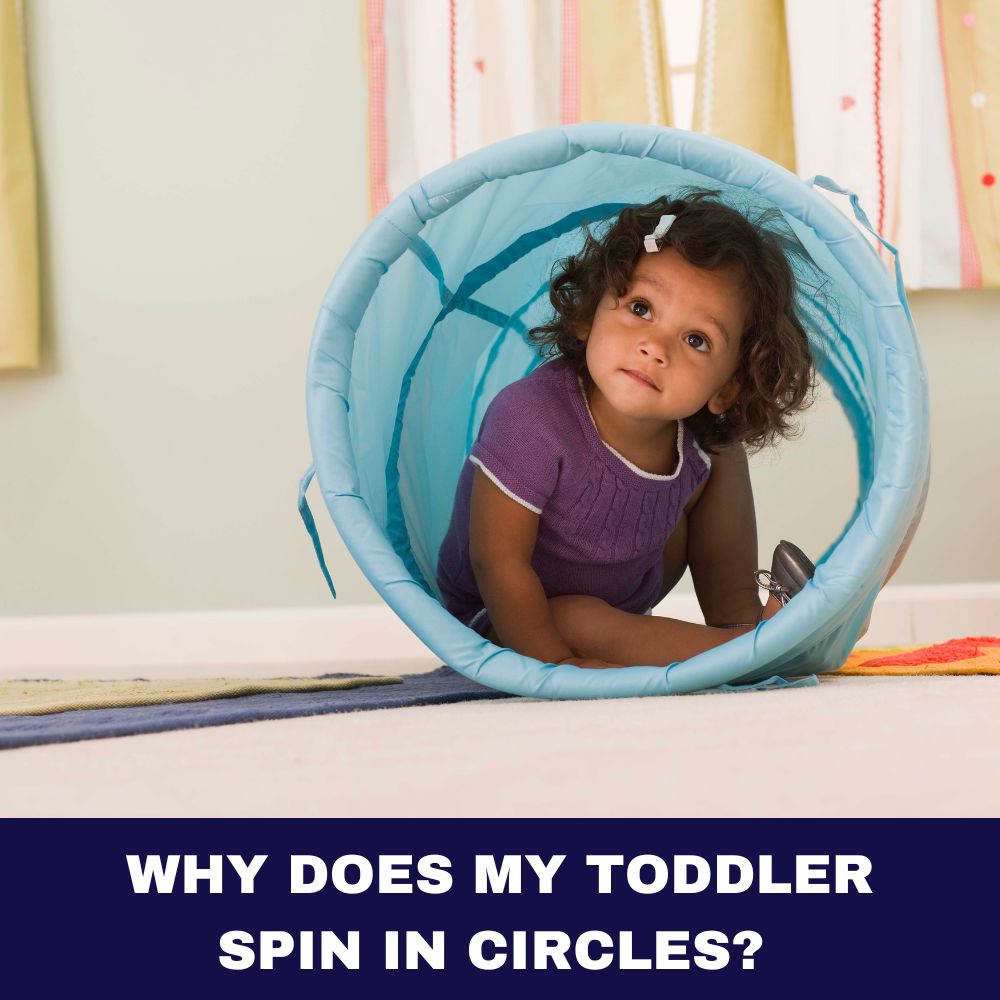As a parent, few milestones bring more joy than finally seeing your baby take their first tentative steps. However, deciding what newborn baby shoes to buy for a new walker involves important considerations around promoting healthy foot development. When should baby start wearing shoes? What features allow natural growth while preventing injury? This guide covers everything parents should know about choosing the best shoes for their infant.
Wait Until Baby is Walking

When do babies actually need newborn baby shoes?
Pediatricians emphasize allowing little feet to develop naturally at first. Shoes alter movement, flexing, and spreading which growing feet require. New infant footwear could negatively impact strength and agility over time.
The American Academy of Pediatrics (AAP) recommends keeping babies barefoot as much as possible initially. Without shoes, infants learn to curl toes, widen feet, improve sensory feedback, and build foundational walking muscles.
Once your little one begins pulling up to stand or taking first steps around 12-18 months, soft flexible baby walking shoes can provide protection outdoors on varied terrain. Still opt for bare feet at home though!
Choose Flexible, Breathable Materials For Newborn Baby Shoes
What should parents look for when selecting those very first shoes? Since growing feet change shape rapidly, soft uppers with roomy toe boxes let little piggies move freely without resistance.
Flexible materials like soft leather, textiles, or mesh ensure proper airflow while allowing natural foot flexing – critical for developing strength and mobility. Sturdy yet gentle rubber soles prevent slipping.
Structured shoes with stiff soles impair muscle growth and can cause discomfort. Instead, the AAP suggests barefoot-feel minimalist shoes mimicking the shape and function of bare feet. These support natural movements without restriction.

Get Professionally Fitted
While those flexible first kicks don’t need to be fancy, properly gauging newborn baby shoes size does matter. Have baby’s feet measured by an expert while standing to determine accurate length and width.
Leave a half inch gap between the tip of the toe and shoe’s end to accommodate rapid growth. Unlike adults, babies grow five full shoe sizes in their first two years!
Ill-fitting shoes cause discomfort, pinched nerves, corns and misshapen feet over time. Rather than guessing based on age, regular professional fittings ensure proper development.
Start Slowly and Build Up Wear
When first transitioning from bare feet to shoes, begin gradually. Place shoes on for just minutes at a time, building up wear as baby adjusts to the new sensation. Watch for red marks indicating rubbing or pressure.
Start with very short walks outdoors over flat terrain before tackling trickier ground. Since balance and coordination are still developing, padded shoes prevent scraped toes or falls.
As walking skills improve, limit more structured footwear to just 1-2 hours daily until age 2. At this point, feet are stronger for handling activity-specific baby shoes.
Size Up Frequently
During formidable growth spurts in baby’s first few years, toddler shoes must accommodate rapidly changing little feet. While it’s tempting to buy slightly big kicks with growing room, oversized shoes cause tripping and heel slippage.
Instead, monitor shoe fit at least every 2-3 months. Signs it’s time to size up include cramped toes, bulging over sides or prominent red marks indicating pressure points. Using interior shoe measurers allows parents to track width and length between professional fittings.
With frequent size-ups, those special first pair stamped with baby’s chubby feet only get a few weeks of adventure. But preserving long-term mobility and comfort takes priority over sentimentality.
The rapid milestones witnessing new babies transform into confident walkers and runners are some of parenthood’s most precious moments. With informed newborn baby shoes selection valuing development over decoration, parents equip children for healthy strides now and for years beyond those very first steps.
Enhance your baby’s first steps with our carefully curated selection of newborn baby shoes. From adorable designs to optimal comfort, explore our recommended products below to ensure your little one takes each step in style and support.
FAQs – Best Newborn Baby Shoes
When is it appropriate for my newborn to start wearing shoes?
It’s best to wait until your baby is actively walking, typically around 9-12 months. Prioritize barefoot exploration for natural foot development before that.
What materials are best for newborn baby shoes?
Choose soft, breathable materials like mesh, soft leather, or cloth. Avoid stiff leather or synthetic options to support healthy foot development.
How can I ensure the right fit for my baby’s shoes?
Conduct the thumb test – maintain a thumb’s width between the longest toe and the shoe tip. Additionally, check for a snug heel fit when your baby is standing.
Are there safety features to consider in baby shoes?
Look for rubber soles with moderate grooves for enhanced traction. Prioritize flexible and lightweight designs to prevent slipping and ensure a safe walking experience.
How often should I check and replace my baby’s shoes?
Given the rapid growth of baby feet, perform the thumb test monthly to assess fit. Plan to replace shoes every few months to accommodate their developing feet.











